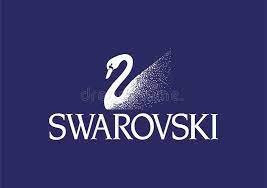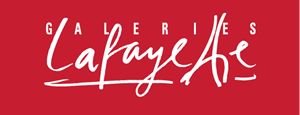Talleyrand, Napoleon’s Minister of Foreign Affairs
According to some historians, it was Talleyrand, Napoleon’s Minister of Foreign Affairs who established the ritual of drinking a glass of cognac. The event occurred in Talleyrand’s own palace, in Paris and during the Congress of Vienna. The student was none other than the Russian ambassador, who by drinking the cognac in a single gulp caused astonishment in the sophisticated Talleyrand, who could do nothing but instruct him by teaching him to drink a glass of cognac in the following way:
“Your Excellency, said Talleyrand, that is not how cognac is to be drunk. First you take the glass in the cup of your hand to warm it, then you shake it passionately, so that the spirit offers its perfume, and then you smell it, you breathe it… And then, Monsignor, the ambassador asked? Afterwards, Your Excellency, the glass is put back on the table and people speak beautifully about it.”
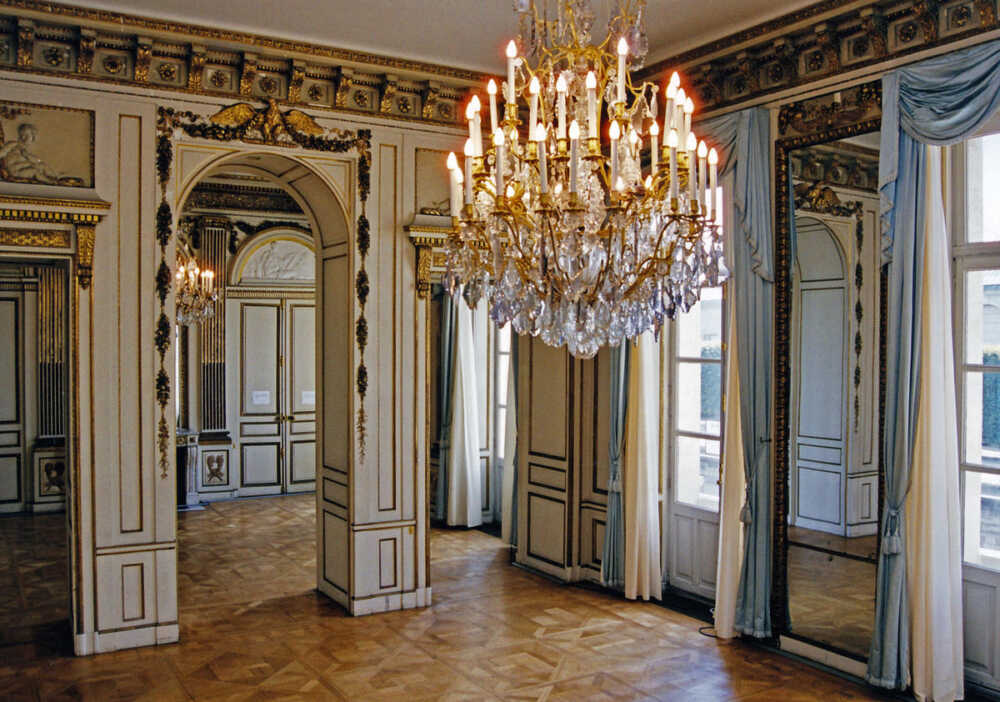
Site: Hotel des Talleyrand – Talleyrand anecdotes
Caption: Grand Reception Room, prior to conservation
Image Date: 2001
Photographer: AndrÈ Chaptel/WMF
Talleyrand anecdotes: Catherine Grand
When Talleyrand married Catherine Grand he did not tell the emperor. He, who cared a lot about the qualities and defects of the people he had next to him, asked his minister if his wife was intelligent.
“Like a rose, sir,” said the minister.
From the answer one can guess that the future princess of Benevento was no luminary. He demonstrated this during a dinner that Talleyrand gave at his house to the British ambassador, Sir George Robinson. Fearing that his wife would say something inappropriate, the husband made her a series of recommendations. She stated that she knew the character perfectly. While they were dining, Mrs. Grand, who had Robinson at her side, asked him:
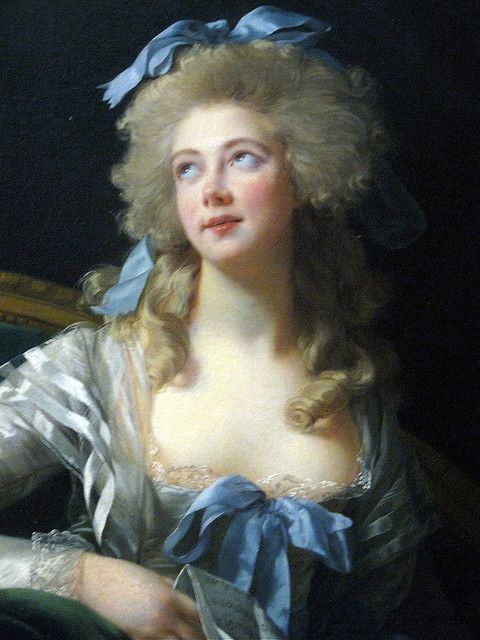
–And tell me, do you still have at your service the wild Friday that you found on that remote and lonely island? The very skilled diplomat was almost shocked to see that his wife had confused Sir Robinson with Robinson Crusoe.
Slow pleasures of the gourmet prince
Talleyrand stood out for his great diplomatic skills, the fictions woven around him, his refined taste for good food and his appreciation of the best cooks of his time.
Charles Maurice de Talleyrand-Périgord, Prince of Benevento and Napoleon’s Minister of Foreign Affairs, stood out for the enormous fictions woven around him, for his wonderful phrases, the paternity of Eugène Delacroix, according to which the painter was his biological son, and the refined taste for good food: in the last case, the great kitchen and tablecloth diplomacy that he managed to consolidate thanks to his glorious chefs. He paid Bouchet the same as the best of his diplomats, and Carême received the same salary as a minister.
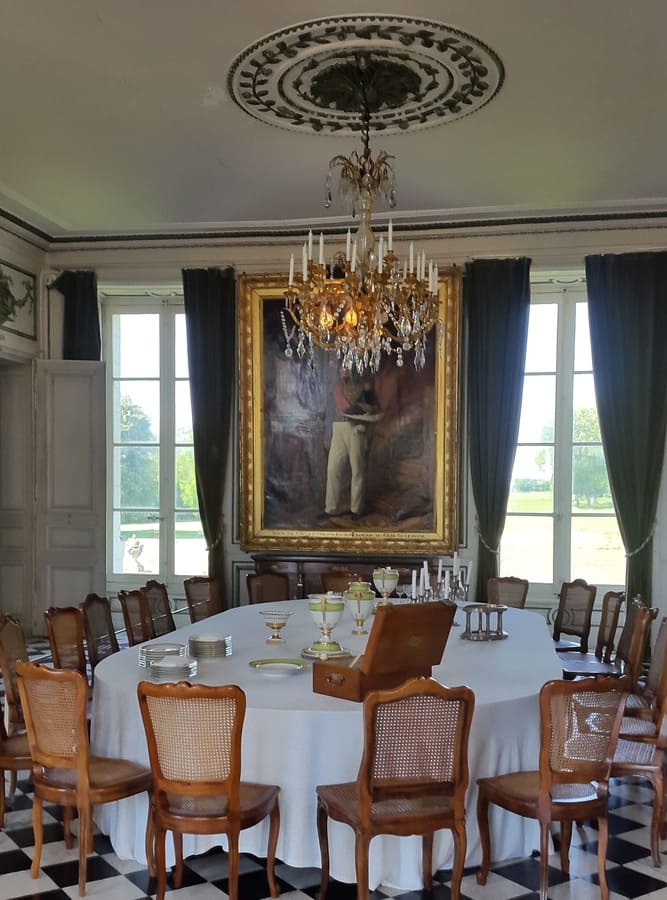
This anecdote is known: Talleyrand was attending a banquet and upon tasting the turkey that was served to him, he exclaimed: “What a pity! “He would be very rich if he had enjoyed better company.” The host asked the cook what had happened, and it turned out that in the same oven as the turkey they had also roasted a leg of lamb.
The table full of food was for Talleyrand the best setting for diplomacy and also the place where he displayed some of the virtues that left those who shared it with him astonished. The problem was when his wife sat at the table. He had married Catherine Grand, who was not exactly noted for her intelligence. .
He tried by all means to keep it from getting out, but he didn’t always succeed. When the emperor, concerned about the qualities not only of the people around him but also of those who accompanied them, asked Talleyrand if Madame Grand was intelligent enough, the Foreign Minister replied without hesitation: “As a pink”. This implied that Talleyrand’s wife did not possess great intellectual qualities.
Congress of Vienna – Talleyrand anecdotes
Not even the great banquet that the Prince of Ligne offered him in Vienna, after the fall of Bonaparte, distracted him from the cynicism that he carried with less concealment than his limp. The Prince of Ligne, an enlightened man, a prominent figure of the Age of Enlightenment, confidant of Marie Antoinette, had dedicated his talent to weapons and letters. Fortunately he left the former soon enough to dedicate himself to the latter. With them he seduced some of the greatest writers, including Goethe.
As he also stood out for his kindness, Charles-Joseph de Ligne was delighted to coincide at the Congress of Vienna with Tayllerand, who boldly and smugly displayed his knowledge at the Hoffburg meetings. His brilliant phrases came out of his mouth like the Chinese when they use chopsticks to eat noodles. Talleyrand anecdotes
The gift that he gave to the Prince of Benevento to entertain him went down in the annals of banquet history. He ordered for him capons from Bruges, pulardes from Campine, lamb from the Ardennes, oysters from Ostend, rabbits from Strasbourg, pigs’ heads from the best German markets, Alost, among them; Anvers prawns, and Bakenberg cod. There were no better dishes to present on a table and they were served on fine Mechelen tablecloths, accompanied by the best wines and liquors.
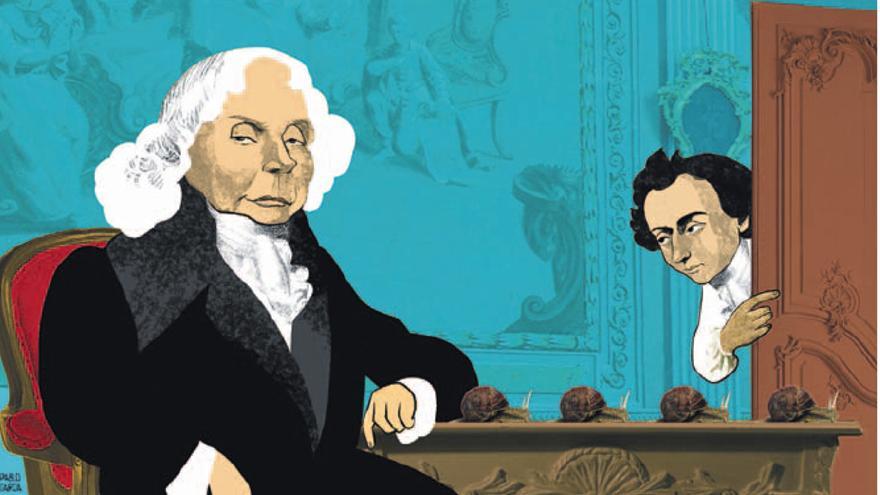
Antonin Carême: Talleyrand anecdotes
MARC-ANTOINE DE CARÉME (1784-1833)
Antonin Carême, one of the great legendary chefs in the history of gastronomy, considered Tayllerand to be the most knowledgeable gastronome of all those he dealt with. For his part, the Prince recommended Carême, who thanks to this managed to find a place in the most important kitchens of the European nobility. Carême was then a little over twenty years old and his teachers were Laguipierre, cook of Murat, and, above all, Bouchet, in the service of Tayllerand.
It was probably Bouchet, author of the woodcock with mustard, the same one who first cooked the Beurrés Burgundy snails, with butter, shallots, garlic and parsley, which became one of the dishes with which he used to entertain his their guests who initially watched them with astonishment. Beautiful vineyard snails, from Beaune, gros blancs and, also, their small relatives, petit gris, cooked in well-seasoned broths inside their shells and then taken out and returned to them in the company of butter, garlic and parsley. Try a drop of pastis or anise, and then bake in the oven, ten minutes is enough.
No need for tongs. The French, at popular fairs, wrap them in paper napkins or slices of bread, so as not to burn them or get them covered in grease, and give them a skillful twist of a toothpick so that they come out whole from the shells directly into the mouth. To drink, a white, dry burgundy, aligoté, or a ribeiro itself. Tayllerand preferred them to anything else. And there were many things.
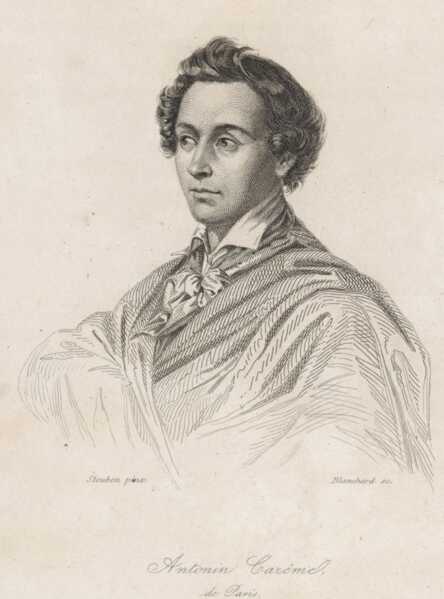
MARC-ANTOINE DE CARÉME (1784-1833)
Marc-Antoine de Caréme, “the king of cooks and the cook of kings”, as he has been called, was born in Paris and was, in his own words, “one of the 25 brothers of one of the poorest families in France”.
Some scholars say that he was a direct descendant of a famous senior cook of Pope Leo X; This ancestor of his invented, they say, an exquisite Lenten soup (as a result of which the Pontiff gave him the name of Jean de Caréme (Lent), a name that the family adopted since then.
In any case, Caréme worked since he was seven years old as a kitchen maid. Already a teenager, he was accepted as an apprentice chef studying with masters such as Boucher, Laguipiére, Robert, Kichaut, Bardet, Lasne, Savart, Riquert and Robillard, until he finally created the subtle synthesis that marked the end of Old Regime cuisine. and the beginning of La Grande Cuisine Franfaise, which is classic French cuisine as we know it today.
Caréme’s creations very well reflect his considerable artistic skills; his pastries often resembled a sculpture more than a dessert. His exquisite taste and meticulous judgment (illustrated in his many books), as well as his 48-course dinners, made French cuisine sovereign in Europe.
Among the famous people he cooked for were Talleyrand, Tsar Alexander I, the future King George IV of England, Lord Castlereagh, Baron Rostchild. In any case his motto was always “One master: Talleyrand. One loves: Cooking. Talleyrand anecdotes.
Caréme’s culinary triumphs were much more important than his diplomatic ones
In 1817, James de Rothschild acquired Château Rothschild, Boulogne-Billancourt, where his children were born and raised. Following the death of his brother Nathan in 1836, James took over the management of the Rothschild banking group. In 1838 he purchased a large residence in Paris, at 2 rue Saint-Florentin on the Place de la Concorde that belonged to Charles Maurice de Talleyrand. He remained in the family until 1950 when it was sold to the United States government and today serves the Consular section of the United States Embassy.
Caréme was always faithful to his benefactor and the result of this is that he was the only cook in history who also acted as a spy by transmitting to the French Minister of Foreign Affairs information that he obtained at important dinners and banquets throughout Europe. Caréme believed that lovers of good cuisine could only be happy in France but as a spy disguised as a chef he transmitted information to his country from the court of Saint Petersburg, the dining rooms of the palace of the Emperor of Austria and the house of the Rothschilds among many others. places that interested Monsieur Talleyrand.
In any case, Caréme’s culinary triumphs were much more important than his diplomatic ones. During his travels, Caréme discovered and introduced to France delicacies such as caviar, and Paskha, a creamy cheese cake very typical of Russian cuisine and which the French adopted very quickly and today is the famous coeur á la crème.
When he was in England he invented a luxurious cake that he named Charlotte Apple in honor of Princess Charlotte of that country.
During his stay in Russia while he was in the service of Tsar Alexander, as he was unable to forget the princess, he invented a jelly cake with cream on top in the shape of a crown and which he called Charlotte Russe (this cake is still made today in many pastry shops).

Prepared and served food for 10,000 guests





